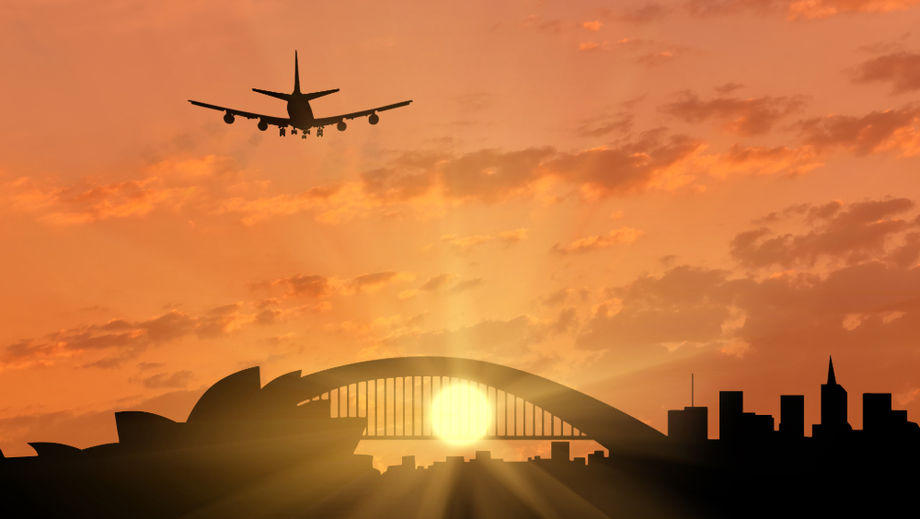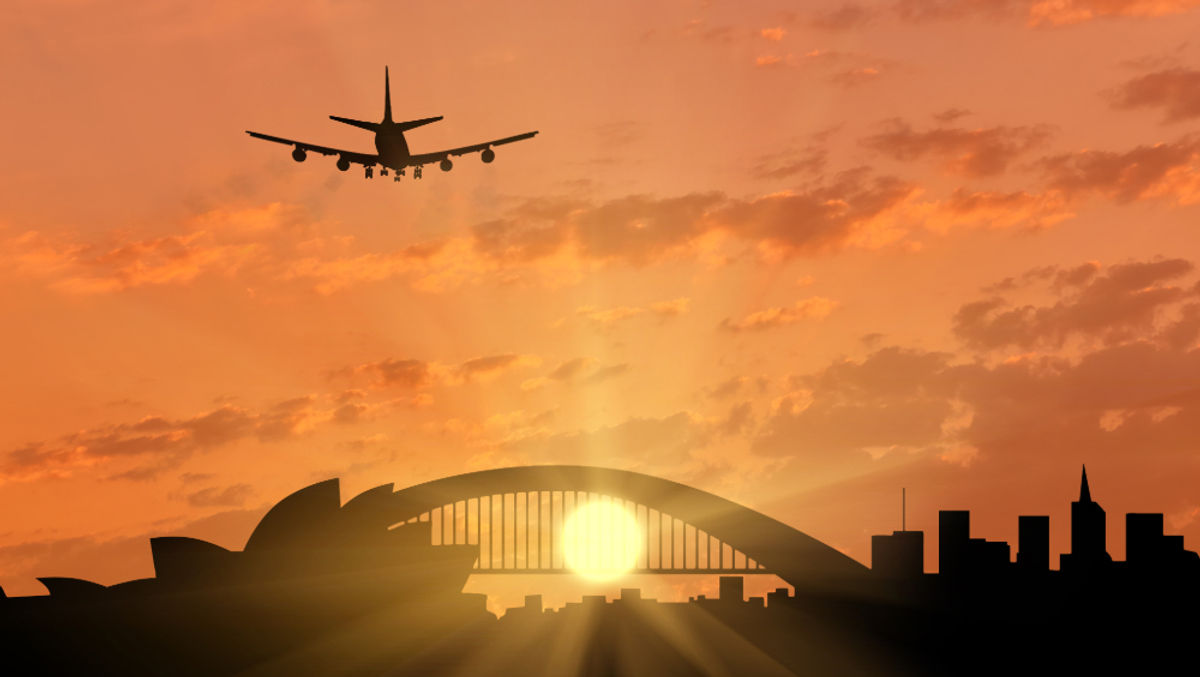
Flight capacity between Australia and Asia has significantly outpaced the global recovery average. Photo Credit: Adobe Stock/Prazis Images
Flight capacity between Australia and Asia has soared to record highs, significantly outpacing the global recovery average, according to new data from Corporate Traveller, the SME division of Flight Centre Travel Group (FCTG).
While global international capacity has reached 103% of pre-pandemic levels, Australia’s links to Asia have skyrocketed: India’s flight capacity now stands at 346% of 2019 levels, Vietnam at 263%, and South Korea at 153%.
The surge reflects a booming recovery in corporate travel, deepening trade ties, and a growing reliance on Asia as a key economic partner. Australia’s two-way trade with ASEAN nations hit $192.9 billion in 2024, surpassing that with both the US and the EU.
Asia demand reshapes corporate travel patterns
Tom Walley, global managing director at Corporate Traveller, says the shift is significant for Australian corporates. “It highlights how airlines are racing to keep pace with the popularity in Australia–Asia business. Direct routes are increasing, codeshare agreements are multiplying, and we’re seeing renewed demand for premium cabins, as carriers boost seat capacity to keep pace with intensifying trade ties and the renewed emphasis on face-to-face engagement across the region.”
Data from Corporate Traveller also shows Singapore at 107% of pre-pandemic capacity and Indonesia at 128%, further cementing both markets as important gateways into Asia and top corporate travel destinations. Singapore, the Philippines, China, and Hong Kong all rank in the top 10 international destinations for Australian business travellers in 2024, while Indonesia, Vietnam, South Korea and India fall within the top 20.
Vietnam has emerged as one of Australia’s fastest-growing trade partners, with bilateral trade climbing by 10% year-on-year, while India’s rising economic ties with Australia have propelled capacity still further. The recent codeshare arrangement between Air India and Virgin Australia has added more seats on direct routes, allowing faster connectivity between the two countries.
Trade realignments drive new routes
Global trade realignments – partly fuelled by US-China tensions – are prompting Australian businesses to pivot toward Southeast Asia, strengthening demand for more routes and faster connectivity.
Tom says, “Broader global trade dynamics could see the capacity trend continue as U.S. trade policies under the Trump administration put pressure on traditional supply chains, with businesses turning to Asia to explore new trade opportunities.”
Meanwhile, business class travel is experiencing a sharp uptick. FCTG’s Corporate brands have recorded a 45% increase in international business-class bookings out of Australia in the second half of 2024, compared with the same period in 2023.
Demand for premium cabins into Hong Kong shot up by 60%, with China close behind at 57% growth, indicating that higher-end corporate travel is not just rebounding but expanding. One in four corporate travellers flying between Australia and Hong Kong now chooses business class, and more than one in five are doing the same on routes to China.
Recent policy changes in China have added to the momentum. After Beijing extended its visa-free entry from 15 to 30 days on 30 November 2024, Corporate Traveller identified a 21% jump in Australian corporate travel to China, with average trip durations also trending longer. Tom suggests this combination of softening visa policies, competitive airline offerings, and robust trade figures places Asia firmly at the centre of Australia’s corporate travel landscape.
“Australian companies are capitalising on direct flights, improved frequency and better route networks across Asia,” Tom says. “Bilateral trade figures with India, Vietnam and other ASEAN economies are going up, and we see a clear link between stronger commercial ties and airlines prioritising the Australia–Asia corridor.”
